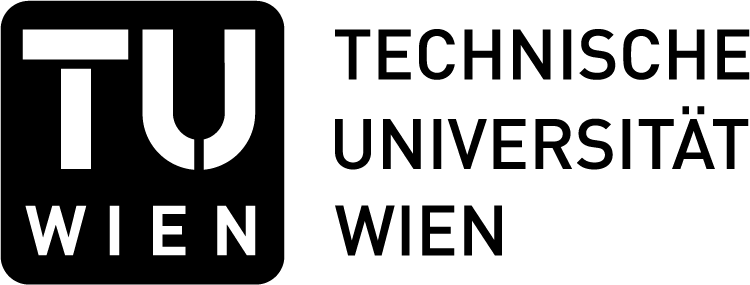Management-Technologien in der Verkehrstelematik
| Author: | Christoph Stögerer |
| Supervisor: | Wolfgang Kastner |
| Type: | PhD |
| Finished: | 2012-03-19 |
| Download | |
Abstract:
Despite various national and international initiatives it has thus far proved impossible to achieve a certain level of standardization across all hierarchy levels in the field of Intelligent Transportation Systems (ITS). Hence, heterogeneous ITS applications are still in existence but are accompanied by increasing finnancial pressure on the part of the operating company. At the same time these heterogeneous ITS applications are also experiencing an increase in availability requirements. These developments are opposed by ITS which are increasingly complex with highly sophisticated components that in turn leads to increasing importance of service. The current paradoxical situation is characterized by a lack of standardization on the one hand and increasing exigencies on the other hand. This dilemma appears to be difficult to resolve.
One possible approach to solving it would be the use of standardized management technologies in the field of ITS. This approach allows for diverse possibilities of simplification and improvement of current, complex processes with regard to fault-, configuration-, accounting-, performance- and security management. This approach can also contribute to a performance increase.
It is the aim of this dissertation to initiate a discourse that contributes to the distinction between process and management data in the target domain. Thus this dissertation is also a contribution to the development of management technologies in the field of ITS. Following a critical yet rationalistic paradigm and using structural formalization, a model utilizing real life applications has been conceived and synthesized. Based on this model applicable management technologies which support the intended applications of the research construct and meet the current demands in the best possible way have been selected. In a final stage a simulation demonstrates the practical application of the defined reference construct. Finally the potential applications of the use of management technologies in the target domain are shown.

